Goldie
Senior Member
Early Scarborough settlers






My mother worked there! As I remember she said she put detonator caps on the bombs. She always complained that the early fluorescent lighting damaged her eyesight. She would travel from Wilson and Bathurst by TTC and sometimes on the way home would stop somewhere along the route, on high spot close to home and watch the city go dark during blackout warnings.Bomb girls!


Birchmount at Kingston Rd.
The "radial car" line along Kingston Rd. from Queen St. E. to West Hill ceased operation in 1936.
There's also the former Warner Bros building on the NE corner of Church and Carlton, which brought a tiny bit of Hollywood glamour to Toronto. My googling this building brought me to this image of movie ads from 1932/1933 which is worth sharing:
View attachment 36954
http://silenttoronto.com/?tag=toronto-movie-theatres
Birchmount at Kingston Rd.
The "radial car" line along Kingston Rd. from Queen St. E. to West Hill ceased operation in 1936.


My mother worked there! As I remember she said she put detonator caps on the bombs. She always complained that the early fluorescent lighting damaged her eyesight. She would travel from Wilson and Bathurst by TTC and sometimes on the way home would stop somewhere along the route, on high spot close to home and watch the city go dark during blackout warnings.
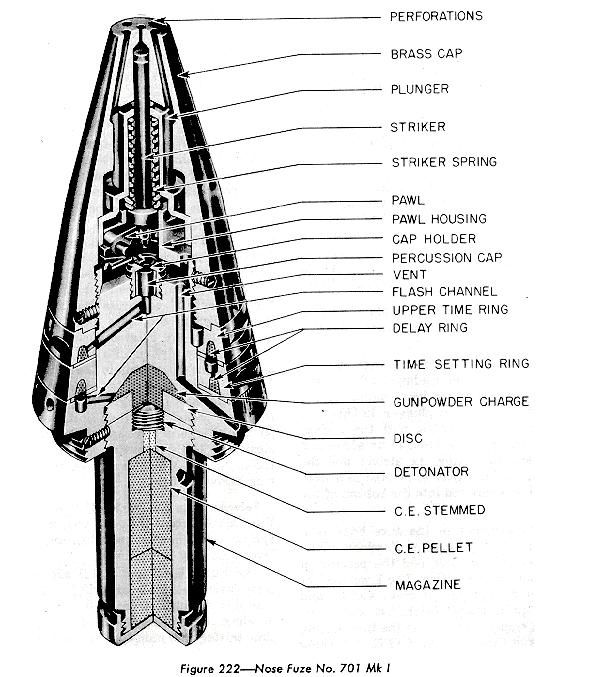
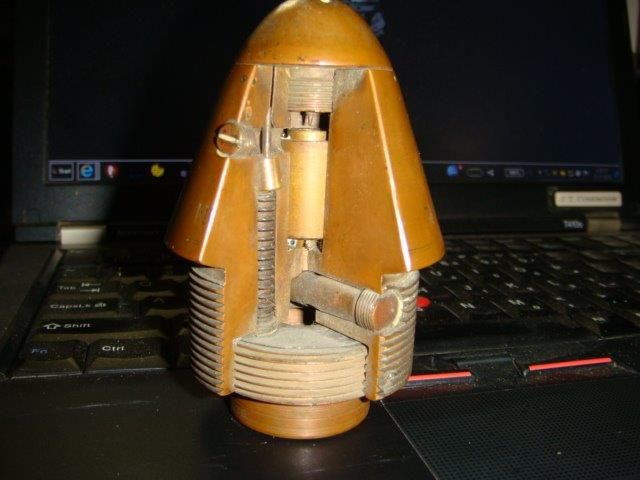
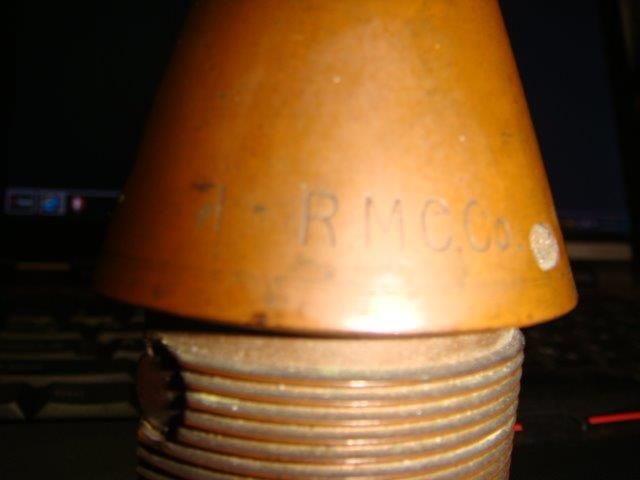
...and interestingly, coinciding with Kingston Road/Hwy 2's widening into a divided roadway. (The radial ROW probably provided the elbow room to widen.)









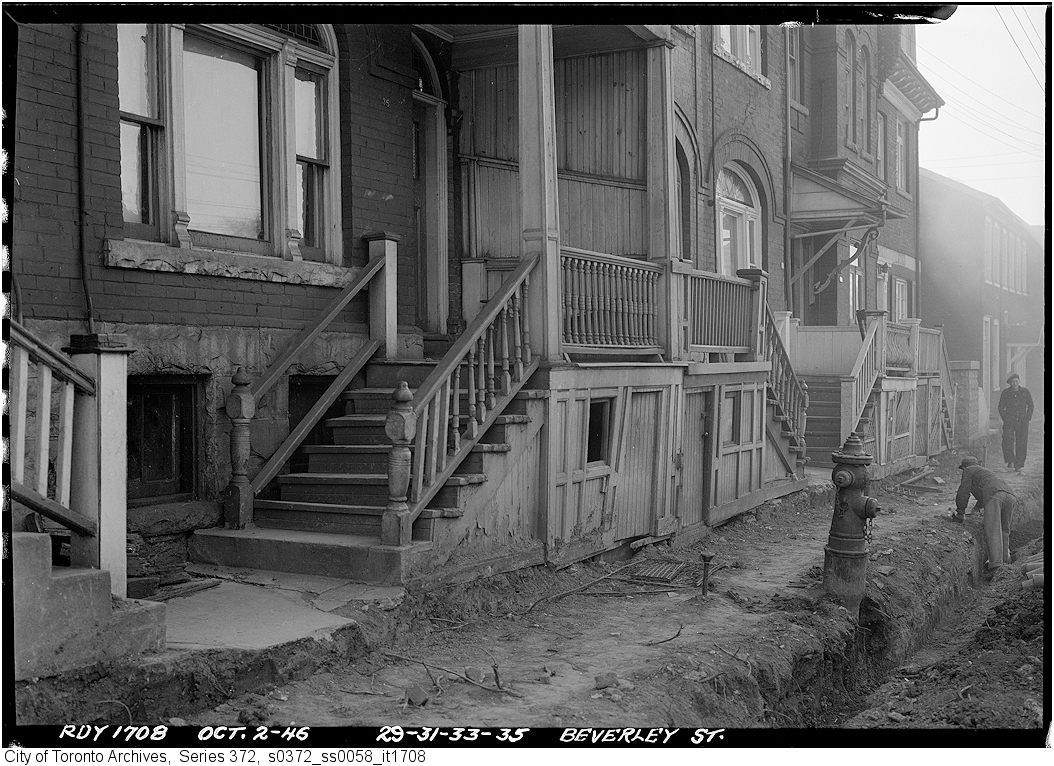
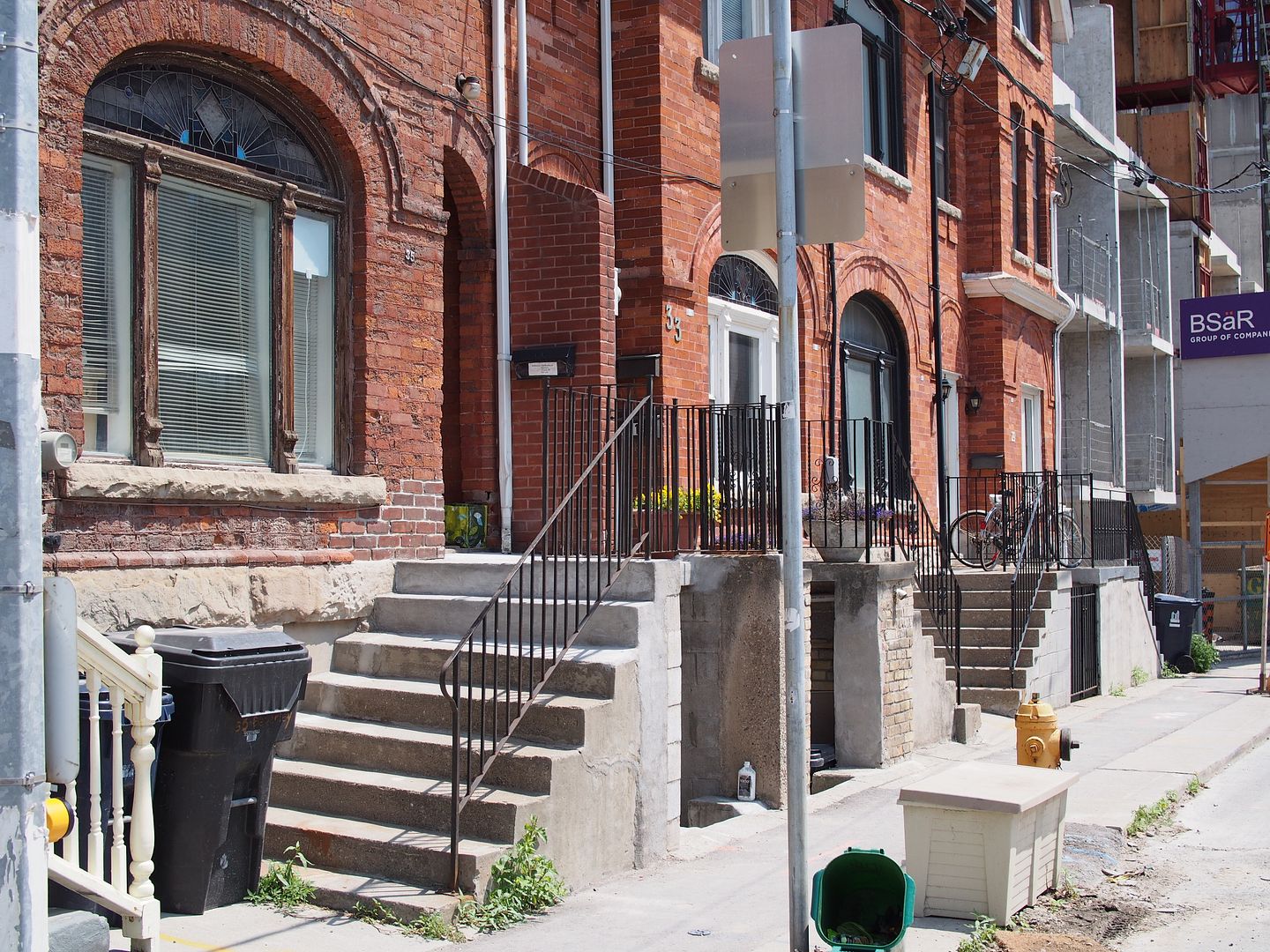
Bomb girls!
or those girls are da bomb!!
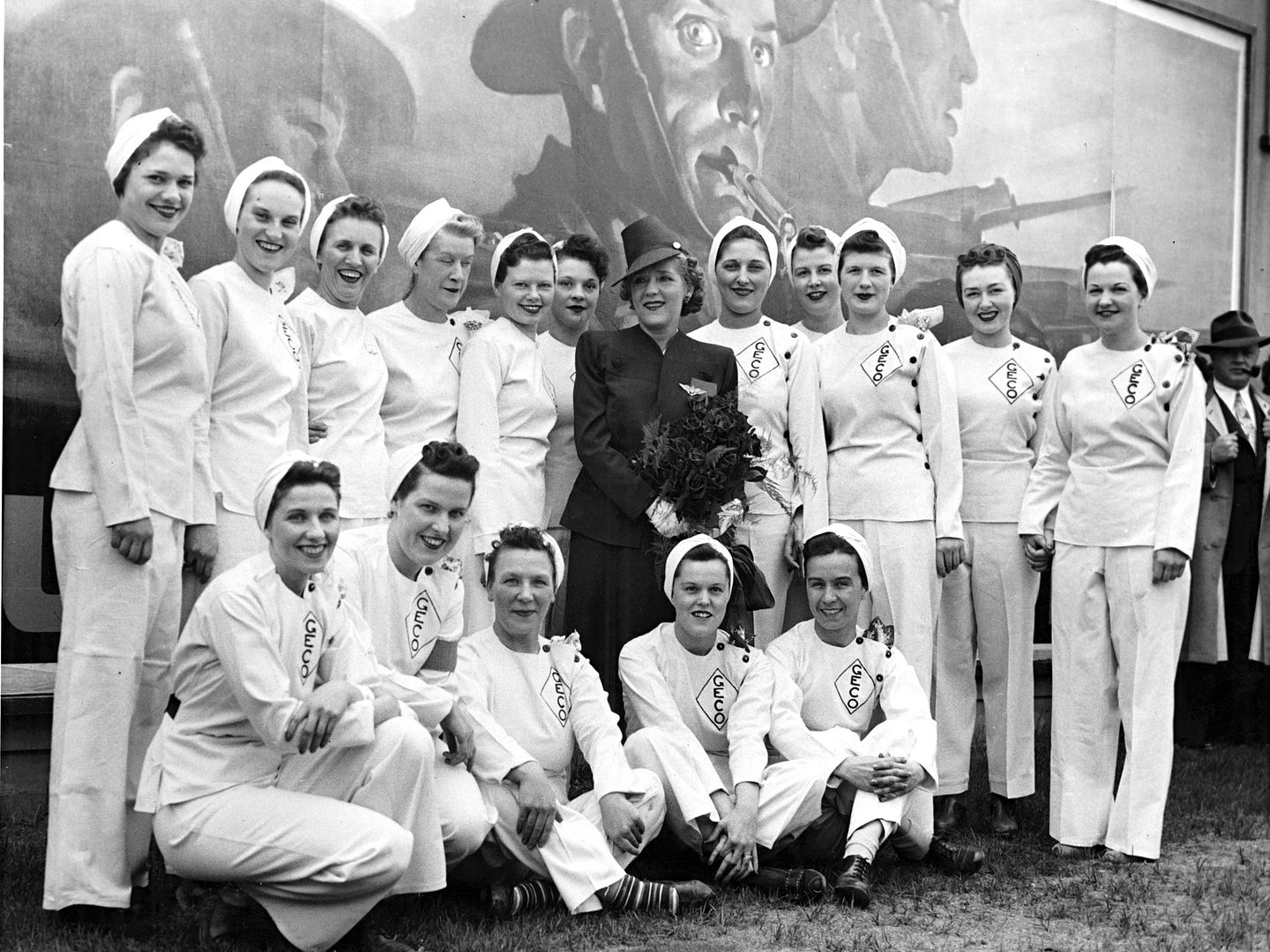

Here ya go Koolgreen; the real thing

Then. 29-31-33-35 Beverley Street. Oct 2, 1946. I actually chose this picture to make a point about stained glass windows; that being, they are lovely, and add a nice visual touch to an interior when the sun's rays strike them directly. But I do realize they are out of place in modern homes.

Now. July 2014.






